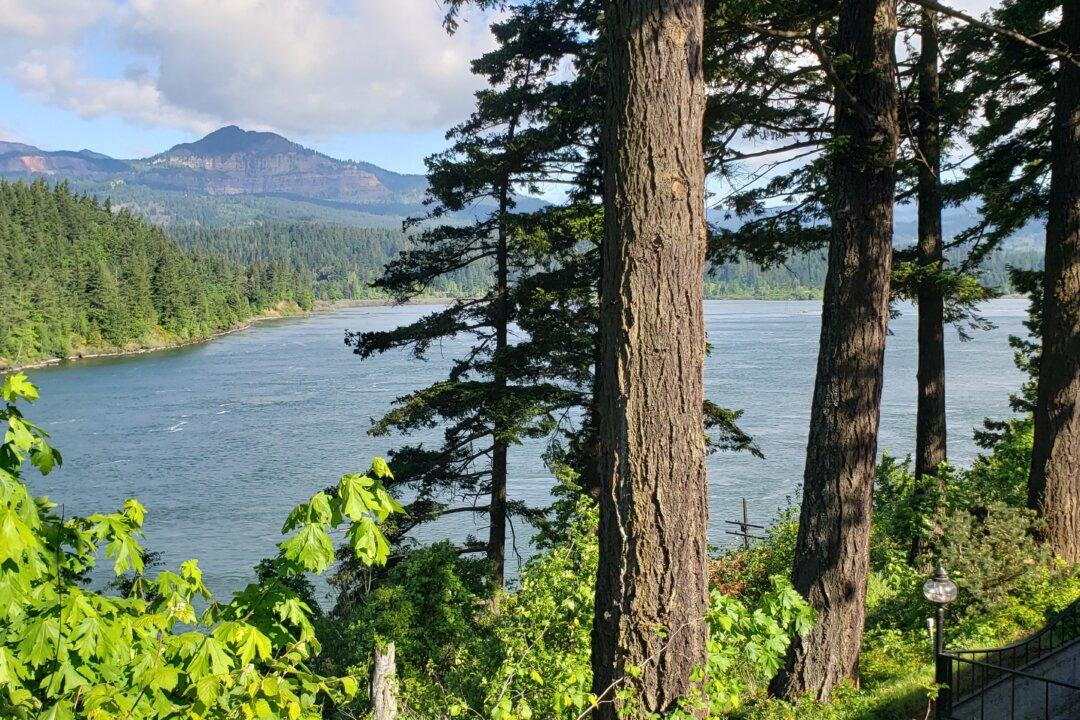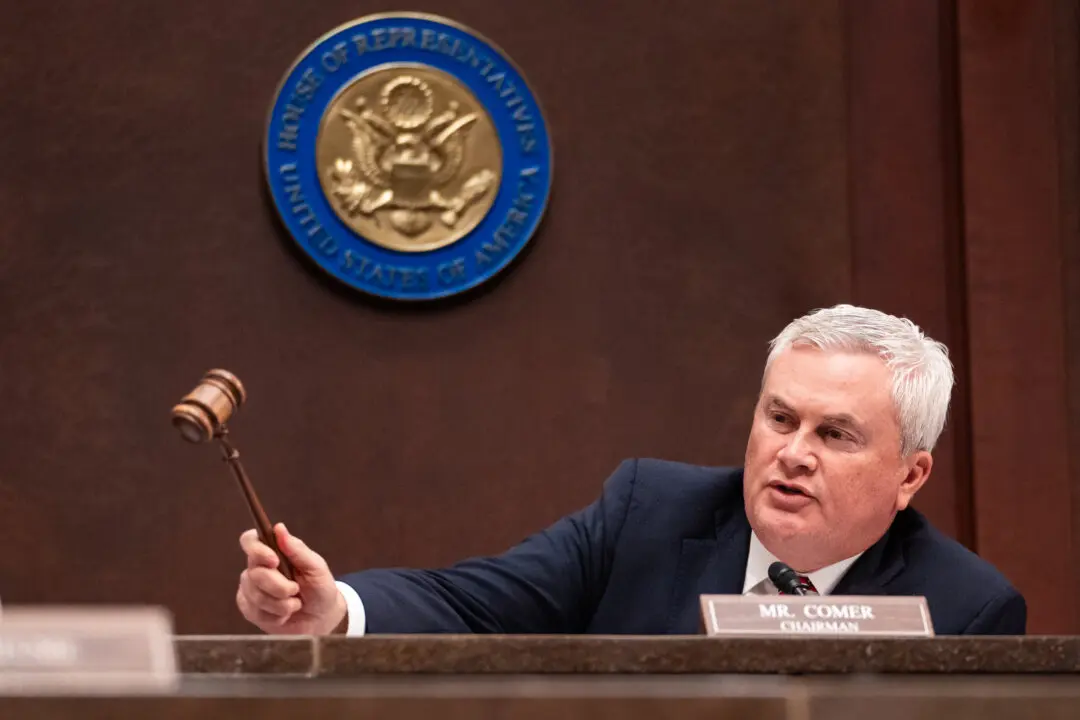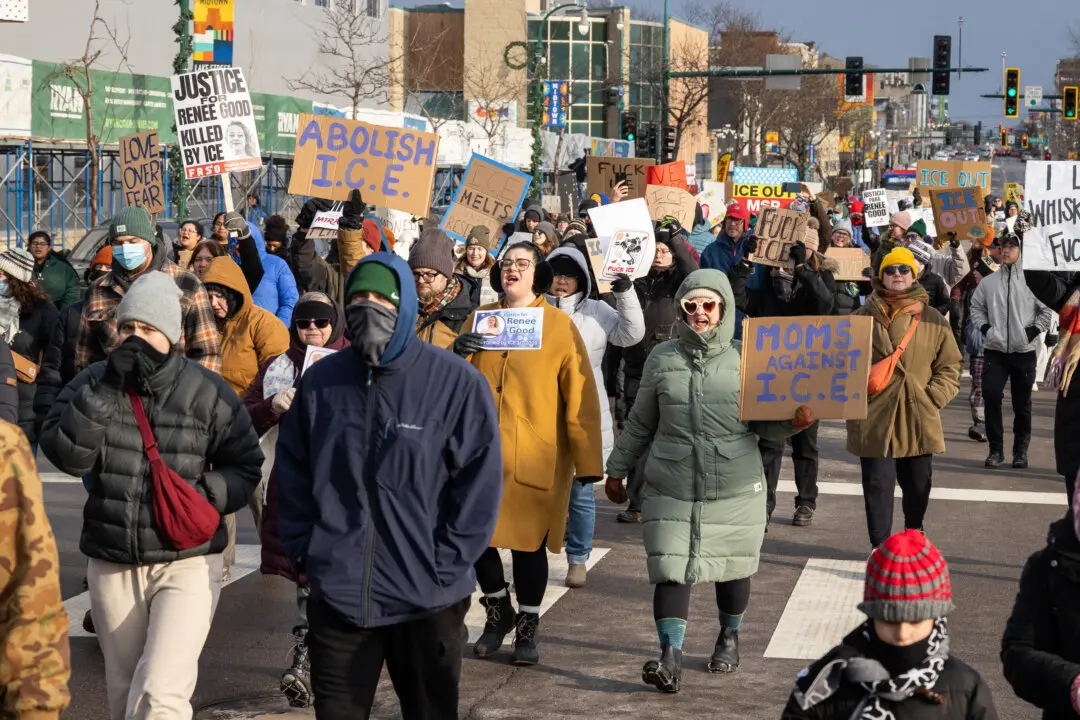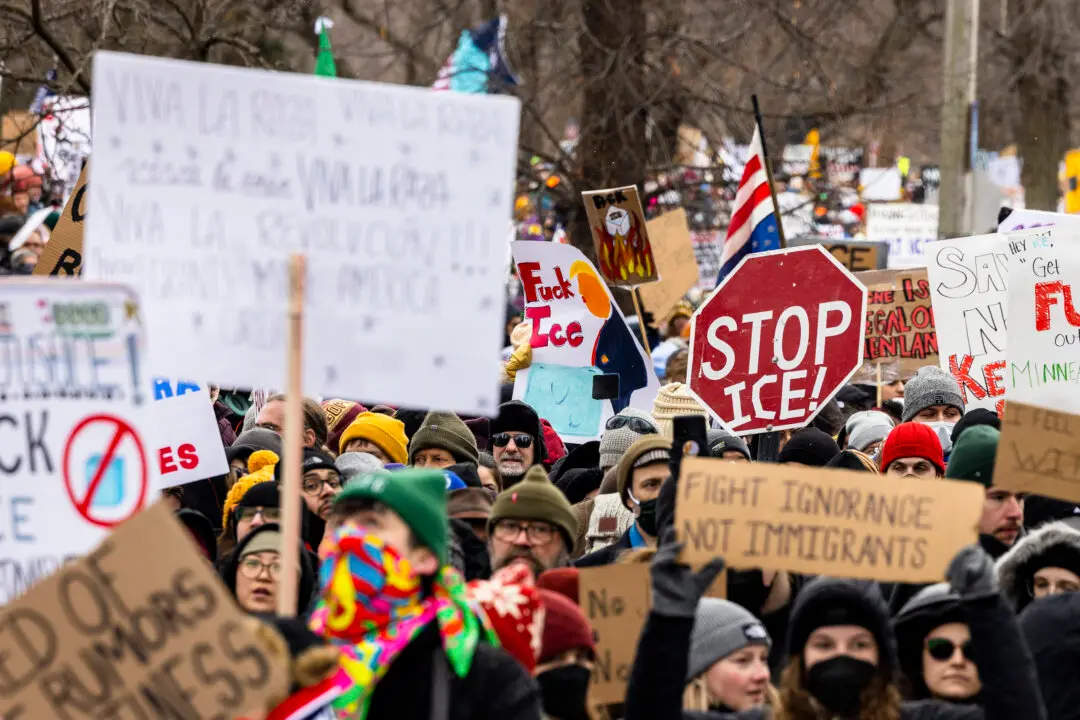The United States and Canada have entered their 12th round of negotiations on the Columbia River Treaty, a 1960s-era agreement between the two countries that covers flood control, hydroelectric power generation, and other facets of water resources management in the massive, cross-border Columbia River Basin.
The agreement’s flood control provisions are set to expire in 2024, 60 years after the treaty’s 1964 ratification, with the latest round of negotiations starting on Jan. 10. Initial negotiations over the new agreement started in May 2018 under U.S. President Donald Trump and Canadian Prime Minister Justin Trudeau.





